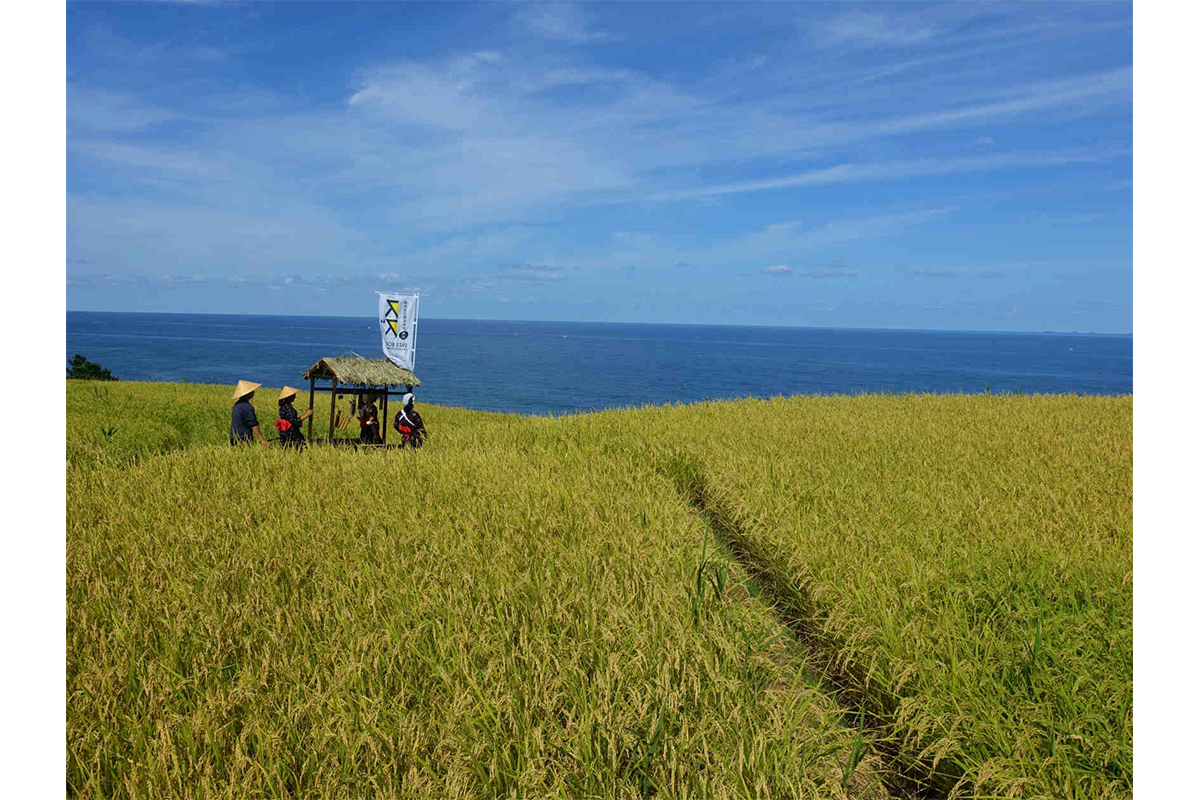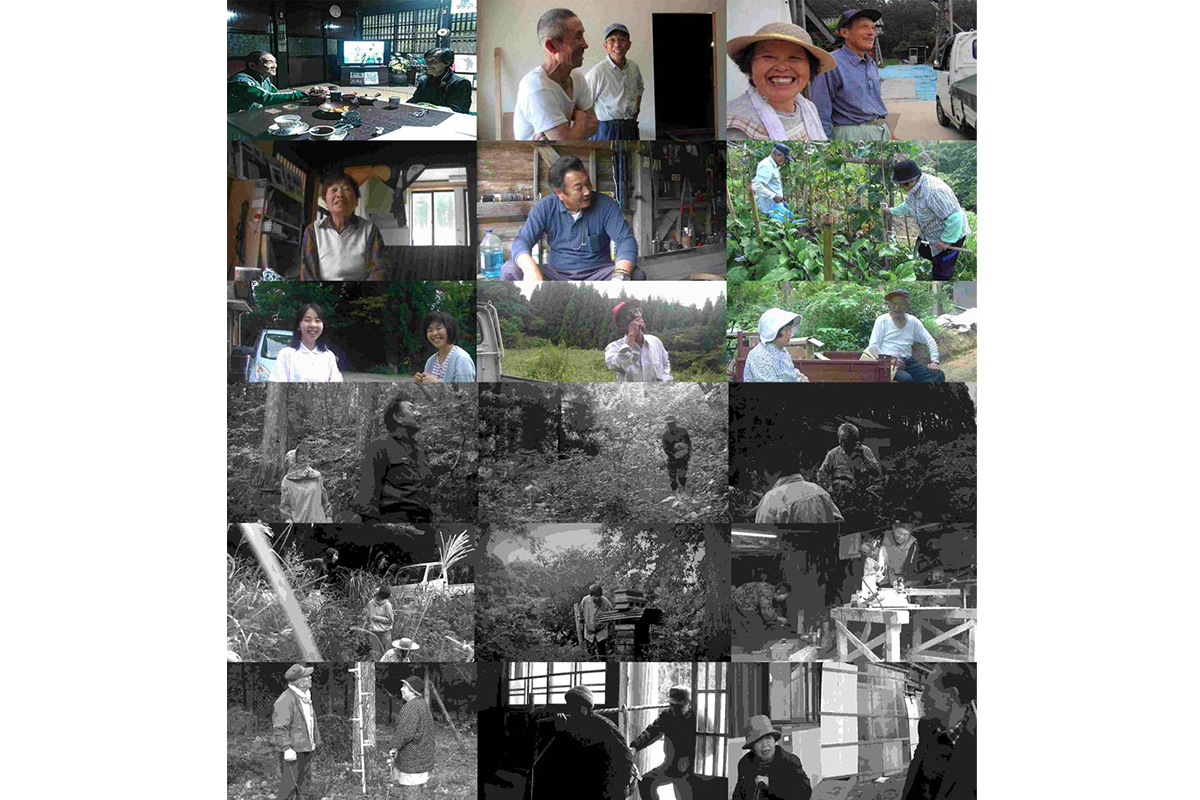
This team of artists, anthropologists, and filmmakers has been working over a long period based in the Kamikuromaru region, located in the most mountainous part of Wakayama. By digging up “people, things and matter” buried in the area and examining it from an artistic point of view, they have tried to reconsider the indispensable relationship between Satoyama and Satoumi, which has weakened by modernization. They will assemble the results of ten years of activities and dialogues with residents through various art projects at the former Kamikuromaru Elementary and Junior High School.

A collection of boxes made with materials collected from residents, items laden with villagers’ memories, transplants from the mountainside where the people no longer set foot… The gymnasium of the former Kamikuromaru Elementary and Junior High School becomes a container for memories, gathering the hidden energy from present day, such as the breathing of people and the transformation of the forest in the remote mountains of Okunoto.

In 2004, the artist developed the Star Dome and held “Kimi dake no Sora” workshops in various locations. In this work, the artist places a canopy made of paper and bamboo on a mandala, where you can experience the natural features of Okunoto by listening to the sound of the wind and smelling the soil. Sky in heaven. Life on earth. By “simply sitting,” the nature of heaven, earth, and man as they pass through life and death are revealed.

The artist made “small” movies by collecting “sparkling” stories of the villagers’ daily lives in Kamikuromaru. The movie consists of interviews with residents and fiction based on them. By highlighting the routines and characteristics of the region, the film depicts the essence of the region’s people, raised in the mountainous area of Okunoto, including its severe winters, one day, one year, and one lifetime.

It is a historical fact that the Buddhist philosopher Daisetsu SUZUKI (1870-1966) worked as an instructor in the advanced course of Iida Elementary School. There is a legend that says, “Among the largest enso that Daisetsu left behind, the biggest one was drawn in Kamikuromaru, but there is no record or even a clue to prove it.” The action of this land artwork unfolds all over the Kamikuromaru district in search of the enso.

A deep forest surrounds the village of Kamikuromaru. The forest is part of a large water cycle connected to the sea that has repeatedly regenerated itself over generations. The artist will present the forest in earthen sculptures where people gather at the former schoolhouse. This work attempts to reflect on the soil culture passed down in Suzu, and show signs of soil, human activity, and history in the interpretation.
 Latitude/Longitude (Google maps coordinates)|37.453229, 137.169019
Latitude/Longitude (Google maps coordinates)|37.453229, 137.169019 MAPCODE (GPS input)|329 725 019*34
MAPCODE (GPS input)|329 725 019*34*Google and the Google logo are registered trademarks used with permission from Google Inc.
*Mapcode and MAPCODE are registered trademarks of Denso Corporation.